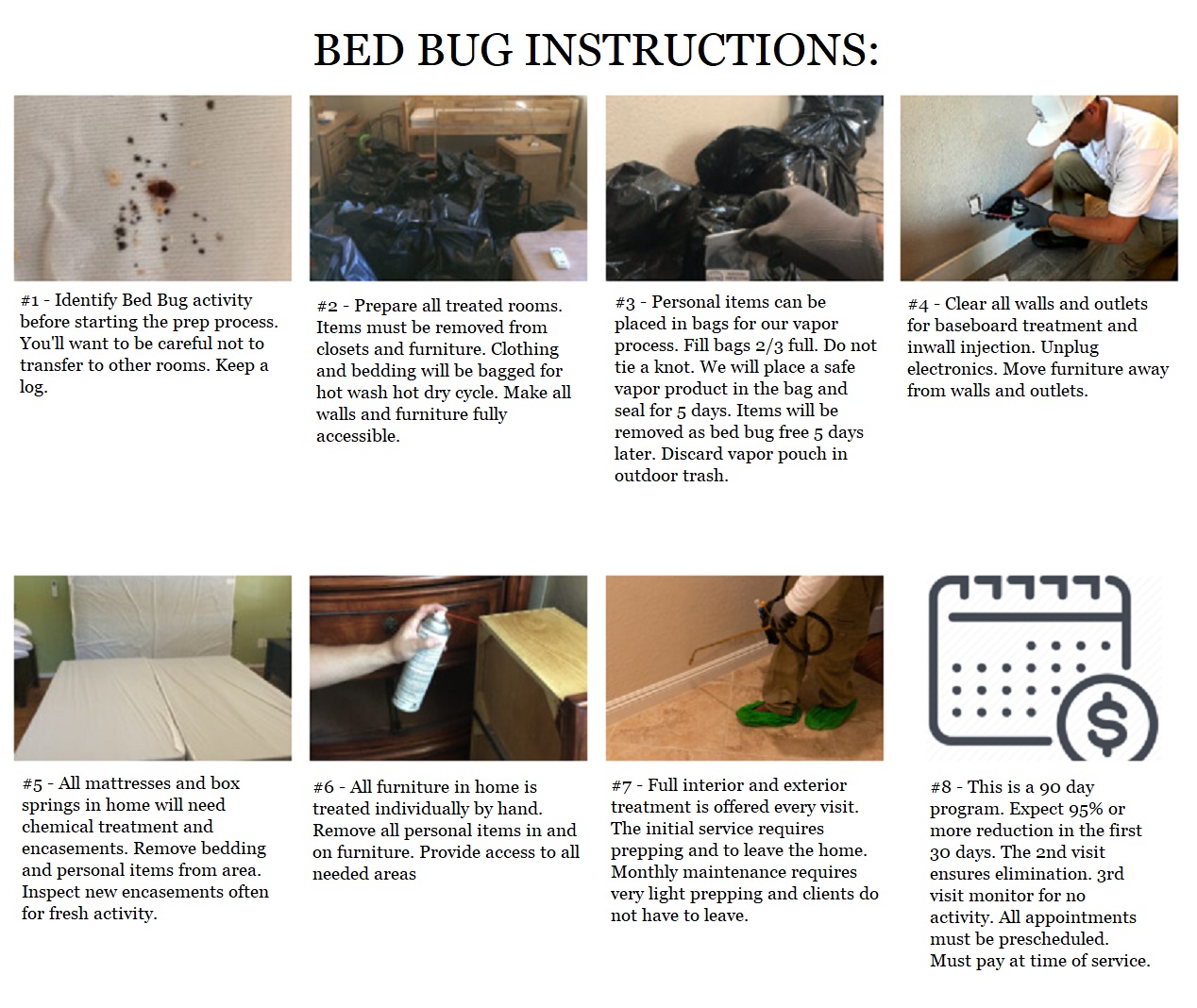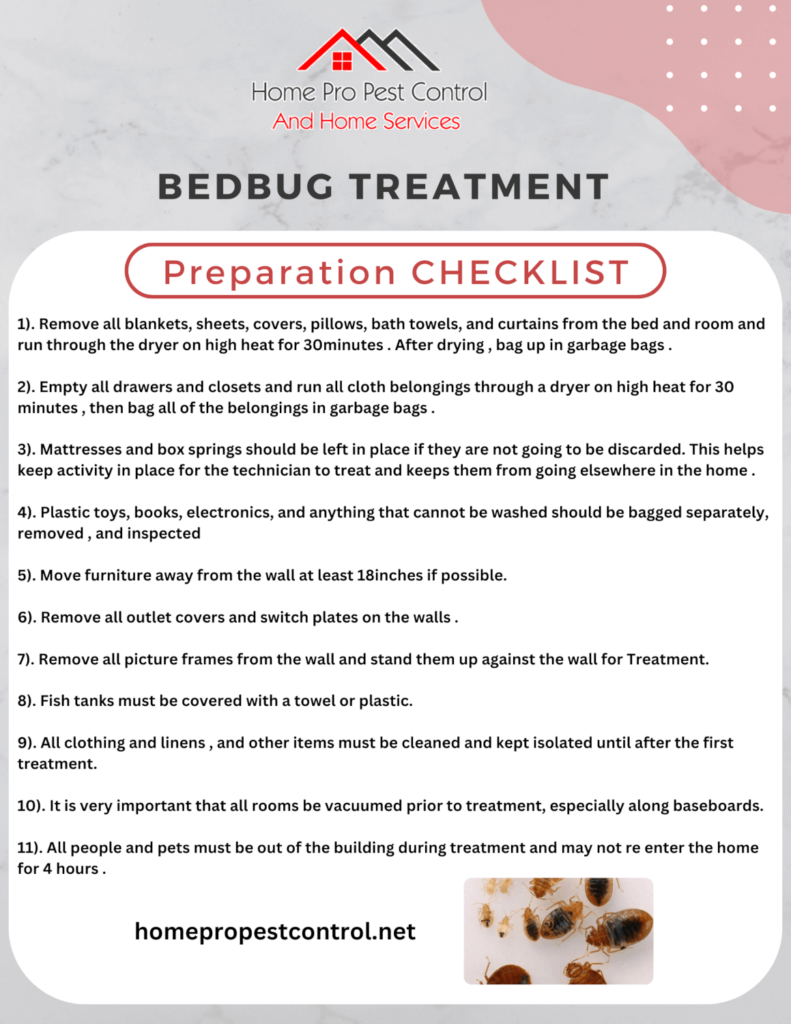Getting My Bed Bug Services To Work
Table of ContentsAll about Bed Bug ServicesWhat Does Bed Bug Services Do?Little Known Facts About Bed Bug Services.The Main Principles Of Bed Bug Services
A professional bed bug inspection is much more than a simple walkthrough and relies on expertise. Bed bugs are small, elusive, and adept at hiding that hide in narrow spaces, corners, and upholstery. Because of their stealthy behavior, meticulous assessment is critical to accurately locate and quantify infestations. Professional inspectors rely on specialized equipment, systematic procedures, and experience to detect bed bugs accurately, stopping infestations from worsening.The first step in any professional inspection involves knowing the habits and life cycle of bed bugs. Bed bugs belong to the Hemiptera group and experience multiple nymph stages before reaching adulthood. Adults are around five millimeters long, flat, reddish-brown, and wingless with slender legs and antennae. Their feeding apparatus injects anticoagulants while drawing blood, often causing red, itchy welts on hosts. Knowing these traits guides professionals in locating infestations.
Early detection is essential for preventing large infestations. Professionals look for specific indicators such as dark spots of fecal matter, molted skins, and eggs (Bed Bug Services). A single female can lay hundreds of eggs, potentially causing full-blown infestations. Evidence of molted skins or eggshells signals ongoing activity and demands thorough examination
Preparing for an inspection demands meticulous preparation. Inspectors often recommend clearing clutter from treatment areas, which facilitates examination of hard-to-reach areas. Bedding and linens may be washed in hot water and dried on high heat, and then kept in plastic bags to maintain cleanliness. Wall decor, mirrors, and pictures should be taken down to check hiding places. Vacuuming furniture and floors can remove loose pests, and vacuum her explanation bags should be discarded carefully to avoid spreading.
Facts About Bed Bug Services Revealed
The inspection itself is methodical and detailed. Inspectors start with beds and adjacent furniture, looking closely at creases, joints, and folds. Upholstered furniture, including seating furniture, is carefully examined, with attention to seams and cushions. Baseboards, moldings, the edges of wall-to-wall carpeting, electrical outlets, closets, and storage areas are methodically checked, as these can be common harborage sites.
Specialized tools help inspectors find hidden pests. Flashlights, magnifying lenses, multi-tools, and mirrors help inspect hard-to-see areas. Monitoring devices like interceptor traps or sticky pads aid in identifying infestation trends. Some companies employ trained canines, which detect even small infestations, distinguishing them from residual signs.

Meticulous documentation plays a critical role. Inspectors record the locations of evidence, severity of infestation, and treatment recommendations. This ensures accountability and helps with client communication. Residents are often instructed to preserve evidence for accuracy, as this prevents loss of critical information.
After inspection, a monitoring plan may be recommended to verify infestations and observe trends. Continuous top article monitoring detects reinfestation, and collecting feedback from occupants helps pinpoint problem areas. Cooperation from residents supports the inspection process.
Some Known Details About Bed Bug Services

Professional inspections are more reliable than self-inspections. Trained inspectors recognize early evidence of bed bugs, prevent misdiagnosis, and give peace of mind.
Bed bug inspections are particularly important in hotels, dormitories, multi-unit apartments, and senior living facilities. Inspectors assess all connected areas to identify potential spread (Bed Bug Services). This supports comprehensive control
In summary, a professional bed bug inspection involves understanding bed bug biology, preparing the space, conducting systematic inspections, using specialized tools, documenting findings, and implementing monitoring protocols. Each step supports early detection, informs treatment, and reduces future risk.
The 9-Second Trick For Bed Bug Services
